
Fri Night Vid The Ascension Series - Hamish Frost
This week's Friday Night Video features leading adventure photographer and regular UKC contributor, Hamish Frost. The film explores the side of himself that he has kept hidden from the outdoor community, in a story of confidence and con...



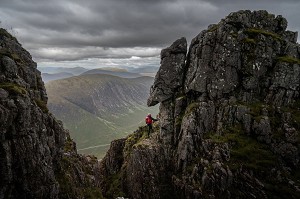

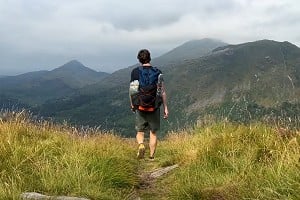




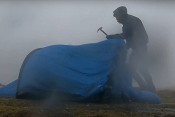
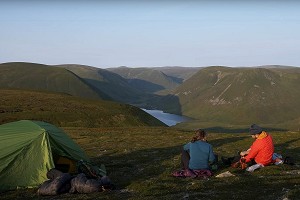
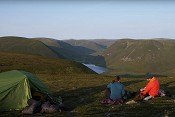
Comments
Interesting video. I've seen the eroded areas of moorland peat in the South Pennines but never thought in detail. Would love to know more. Can anyone signpost to resources about how this occurred, the scale of the problem and the mitigation strategies? Thanks. L
I'm a filmmaker (so I have a basic understanding) and we've just finsihed a similar video for Peat Life who are restoring large areas of the Penines. Erosion occurs when the surface of the Peat is damaged. This can happen for lots of reasons, the main ones being (from what I understand) - burning of vegitation for grouse hunting etc which leaves the surface open to the elements, meaning the peat doesn't hold together and is eroded by rain and general weather. Also the act of building ditches and draining the peat compromises it's structure. Peat should be wet, and acts as a sponge. It needs moisture and vegetation. Over time the dried out peat bogs develop huge drainage lines where the peat is washed away into the water courses. This break down of the peat bog, releases massive amounts of carbon into the atmosphere (peat is like a carbon OXO cube), fills the water system with brown peat that has to be filtered out and we lose the sponge system in the uplands that regulates flooding down in the valleys... They are also really important ecosystem that needs to be protected. The restoration of peat bogs involves daming the eroded drainage lines so that the water backs up, keeps the bog wet and allows the ditches to slowly refill. It also involves re-seeding and planting with sphagnum and other species that work in harmony with the peat bog. It's pretty cool really, and massively important in our reversal (or minmimisation) of catastrophic climate change. Peat bogs could be considered as important as the great barrier reef or the Amazon rain forest in terms of climate change, and we have a lot of peat bog here in the UK! Have a look for Pennine Peat Life on Google. Tons on there to read. Our film should be up on their website soon.
Hi Luke, For actual information sources "from the horses mouth" check out the below. Recent research that might directly answer your question: https://www.ceh.ac.uk/news-and-media/news/human-activity-means-uk-peatlands-contribute-climate-change The organisation in the videos actual resources page:https://www.moorsforthefuture.org.uk/our-resources UK peatland management guidance from the international union for the conservation of nature:https://www.iucn-uk-peatlandprogramme.org/uk-strategy